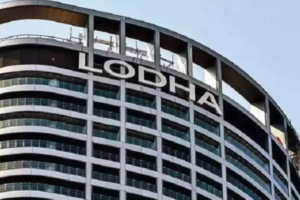
India Ratings and Research (Ind-Ra) has maintained a stable outlook on private sector banks and two large public sector banks (PSBs) namely State Bank of India (‘IND AAA’/Stable) and Bank of Baroda and a negative outlook for the remaining PSBs. The agency expects the stronger banks to gain market share from most of the PSBs that are facing multiple challenges including capital and operating buffers. The agency expects credit costs trajectory to start trending downward, although remain elevated, through FY19-FY20.
Ind-Ra observed an increase in the share of smaller corporates, and small and medium-sized enterprises and personal/retail loans in the special mention account (SMA) pool in FY18 over FY17. As per Ind-Ra’s estimates, the exposure of PSBs to accounts under SMA1 (FY18: about 2.5% of net advances) increased about 10% yoy in FY18; while for accounts under SMA2 (about 1.5% of net advances) decreased about 22% yoy. However, the share of SMA1 of less than INR50 million increased to 40% in FY18 (FY17: 29%) and SMA2 to 68% (12%). Ind-Ra expects material credit costs from these segments over 4QFY19-FY20.
During FY16-FY18, the stressed corporate assets (interest coverage ratio < 1.5x) remained in the range of 20%-21% of the total bank credit. Recognition in some form has increased mainly due to the Reserve Bank of India’s proactive stance starting with the first asset quality review in FY16. Of the INR4.5 trillion assets identified for resolution (referred to as National Company Law Tribunal list 1 and list 2), Ind-Ra expects companies with operating assets to warrant lower haircuts by the banks (60%-70% on a blended basis), while exposures on contractors may attract heavy haircuts (upwards of 75%). Of the two lists, INR0.8 trillion from list 1 has been resolved (winning bidders have been either taken-over or identified) until 1QFY19.
According to Ind-Ra’s report on Rising Headwinds for Credit Availability & Cost, the prevailing stressed financial conditions could intensify credit tightening that could impact INR3 trillion-4 trillion exposures. This may provide large non-banking financial companies and private banks an opportunity to expand their share with some of these accounts and risk in terms of liquidity, given the capital conservation by the PSBs, especially those under prompt corrective action.
Corporate bond issuances increased to INR27.5 trillion in FY18 mainly on account of benign interest rates and availability of supply from mutual funds. In a tightening interest rate scenario, Ind-Ra expects some of this growth to accrue towards the corporate bank loan segment (particularly highly rated corporates). Even in the corporate segment, the agency expect some shift in the loan book to well capitalised banks from weaker banks during FY19.
Ind-Ra expect the banks will continue witnessing credit costs of 2%-3% in FY19-FY20, given aging of non-performing assets, accelerated provisioning and slippages especially from non-corporate accounts. In Ind-Ra’s assessment, the need to provide for Stage 2 and Stage 3 assets under Ind-AS (if implemented from FY20 onwards) has also decreased on account of provisions in the regular course of business.



